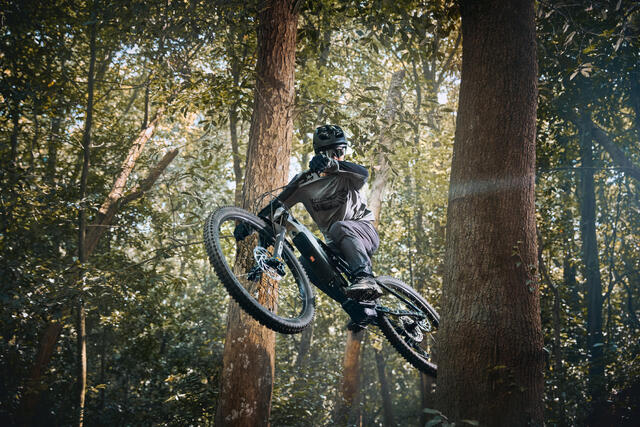HOW TO GET A GOOD NIGHT'S REST WHILE BACKPACKING, CAMPING AND TREKKING
When it comes to enjoying the great outdoors, adventure and relaxation may be the aim, but comfort is always key. That’s why paying attention to your sleeping equipment is just as important as your choice of tents and camping equipment. Specifically speaking, your sleeping arrangement and choice of camping mattress, sleeping mat and sleeping bag can really affect your time out in nature; we all know a good night’s sleep sets the tone for the rest of your day, and that's why we're to help you make the right choice to make sure you enjoy your time away.

































